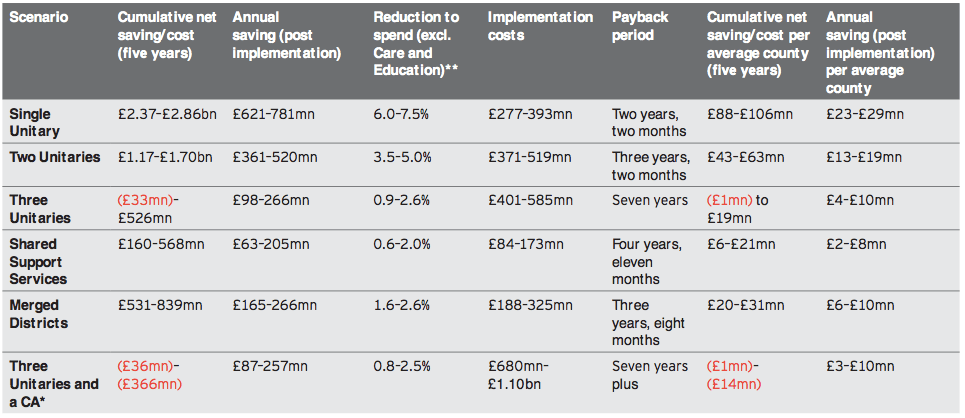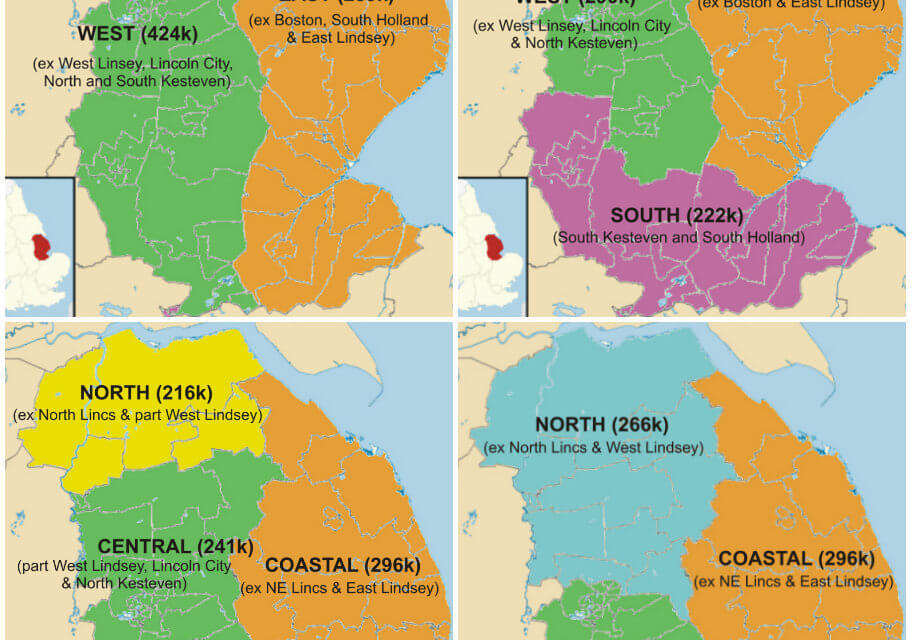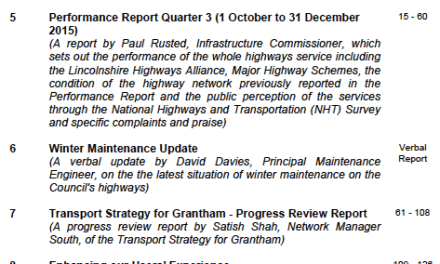The current two-tier local government structure for Lincolnshire originated in 1974. Reforms in a number of other counties of England have since removed this two-tier structure in favour of unitary authorities.
Where the two-tier structure remains, its inherent tensions, most evident in respect of services such as waste, transport and planning, require complex ‘interfaces’ to be negotiated which are rarely efficient and are frequently expensive. Other services are simply duplicated – e.g. economic development and tourism. Political differences between authorities have made focused local direction of some services, plans or programmes difficult and occasionally impossible. There has often been friction; there has always been frustration. Finances have been strained, most notably in this decade of austerity.
The Local Government Association (LGA) within their ‘Future Funding Outlook for Councils 2019/2020’ demonstrated that the overall funding shortfall nationally will be £9.5bn. For Lincolnshire County Council alone the funding gap by the end of this decade could be as much as £75.5m.
In the light of all of these pressures the creation of more unitary authorities is increasingly viewed as a self-evident means of improving the effectiveness of local government and increasing value for money. Unitary proposals in respect of Buckinghamshire, Oxfordshire and Dorset have been put forward in recent months. Others are known to be in preparation.
This report outlines the high-level analysis undertaken on possible unitary models as they would apply to Lincolnshire.
The full report can be downloaded here
EY have produced a highly detail national analysis that compares various model for local government restructuring







0 Comments